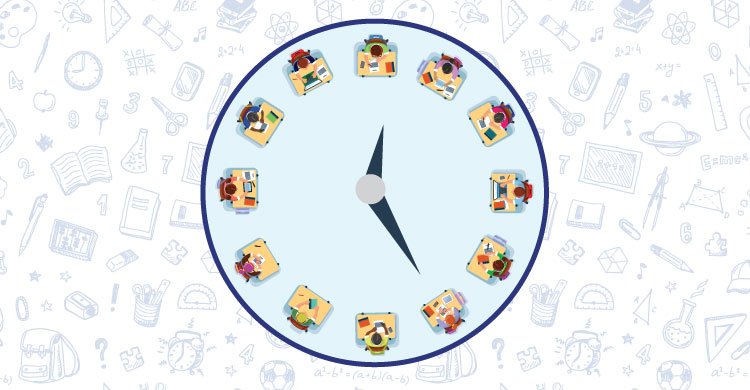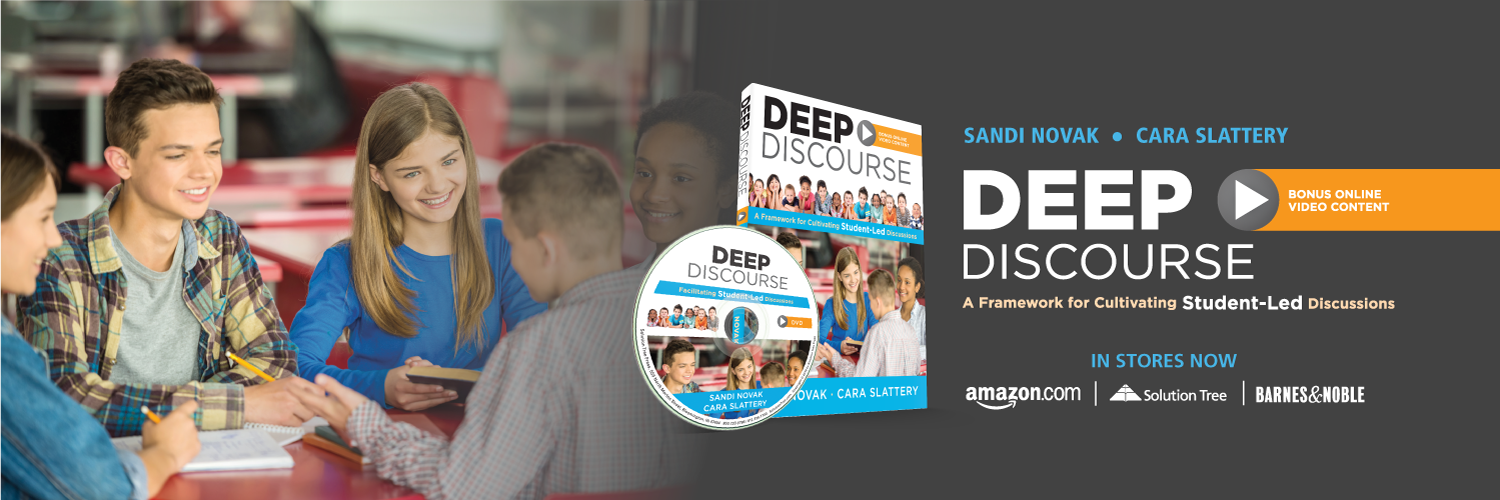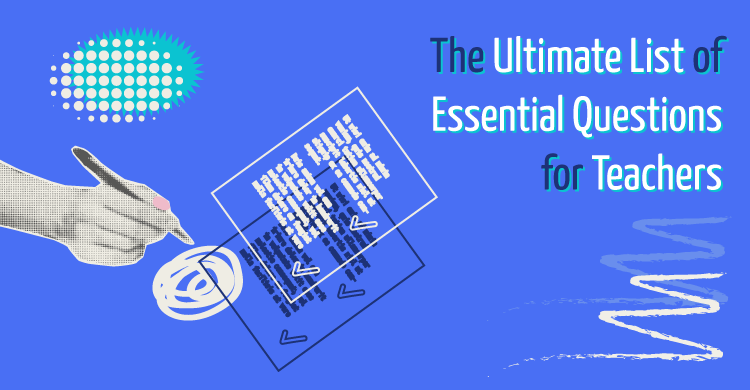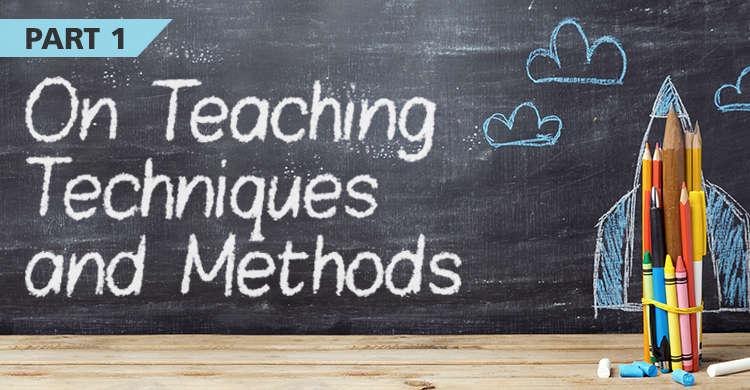This is the eighth post in a series on student-led, small-group discussions. To read the other posts, see “Small Groups, Big Discussions.” The series explores the challenges to effective small-group discussions and how to address them. The content is connected to the book Deep Discourse.
We know that employers want workers who can communicate well and work effectively in groups. We also know that the area of language arts includes speaking and listening standards. Yet, these speaking and listening standards often ride in the back seat with the reading and writing standards driving the work. Providing the skills needed in the workplace while building our students’ confidence requires making the decision to increase quality student-led discussion in your classroom.
Once the decision is made, however, you might be left with questions about scheduling opportunities for student-led discussions. When during the unit of study should students engage in student-led discussions? How often should small-group discussions take place? How much time should I allocate for each discussion? These scheduling questions are often asked when considering ways to enhance instructional practices for discussion.
Determining When Content Calls for Small-Group Discussions
Some content is better addressed using a small-group discussion format. Yet, these small-group, student-led discussions take more time than when we present the content through a lecture format or even a partner chat. So, how do we know when this instructional format is worth the time invested?
In our book, Deep Discourse (p. 67), we ask readers to consider four questions that may help guide decisions as to whether the small-group discussion format works best for helping students understand the content.
- Is this content essential information that all students must understand, thus worthy of spending additional time?
- Are multiple perspectives needed to understand this content?
- Could various approaches be applied to understand this content?
- Is the content so complex that having students talk together might help clarify meaning and deepen understanding?
When you answer affirmatively to any of these questions, small-group discussions may be a highly effective tool for students to learn and retain important content.
Scheduling Student Discussions
Deep, rich discourse occurs when students have explicit instruction, time, and practice engaging in small-group talk. When considering a unit of study, it works best if students are given shorter amounts of time as they begin reading and researching related topics either assigned or chosen on their own. A typical day’s schedule would begin by providing whole-group instruction about content to build students’ background knowledge for about 10 to 15 minutes. During this whole group instruction, there should be time built in for short bursts of conversation for students to turn and talk about a piece of intriguing information. These short bursts will “prime the pump” for later, deeper discourse.
After students have received explicit instruction about some content, they are released to read more content and to engage in a short conversation about this topic. During a 50-minute period, the reading of structured choice texts should take about 10 to 15 minutes, leaving about 10 to 15 minutes for small-group discussions. While students read, they should be taking notes on talk-worthy ideas and writing good, higher-level questions to prepare for their verbal interaction. Five minutes should be reserved at the end of each discussion period for feedback generated first by students, followed by the teacher’s observations.
This procedure could be followed daily until the end of the unit. On the final day of the unit, the whole period should be reserved for a robust conversation. Students bring their notes and questions as they engage in their student-led discussion with four or five other classmates. The explicit instruction on this day would be focused on the group behaviors expected for full engagement of all participants. During this period, 25 to 30 minutes should be allocated for the discussion, because healthy conversations take time to develop. Again, you want to save time at the end for feedback. Growth occurs when instruction, content, practice, and feedback interconnect.
Ninth-Grade Social Studies Example
The student-led discussion framework is used in Mr. Silberman’s ninth-grade social studies classroom to enhance conversations about immigration. The conversation took place after students built their knowledge of immigration through explicit instruction, reading, and viewing videos. View this video to notice the introduction, student verbal exchange, and follow-up feedback:
Second-Grade Mathematics Example
In this mathematics example, second-grade students demonstrate and share the how, or the process of learning and solving a problem. As they continue to explore mathematics concepts, they forge connections and begin to understand why their answers work. View this video to see how these students use discussion to deepen their thinking about mathematics.
Students begin using discussion as a vehicle for learning, rather than using it only for informal communication. They comment, question, and learn how to invite all members into the conversation, as well as share information or argue for a different solution to a problem. Speaking in a group requires practice. The best way to positively impact student learning and to accelerate their vocabulary acquisition, as well as their speaking and listening skills, is to provide frequent opportunities for students to practice.
Read the next blog post on grading student discussions.
References:
Novak, & Slattery. (2016). Deep discourse: A framework for cultivating student-led discussions. Bloomington, IN: Solution Tree.
Sandi Novak, an education consultant, has served as an assistant superintendent, principal, curriculum & professional development director, and teacher. She has authored three books: Deep Discourse: A Framework for Cultivating Student-Led Discussions (Solution Tree, 2016), Literacy Unleashed (ASCD, 2016), and Student-Led Discussions (ASCD, 2014). She also authored the Online ASCD PD Course Building a Schoolwide Independent Reading Culture, as well as journal articles and blogs. Visit Sandi’s website, join her professional LinkedIn community, or send her a tweet @snovak91335.
[author_bio id=”1117″]







